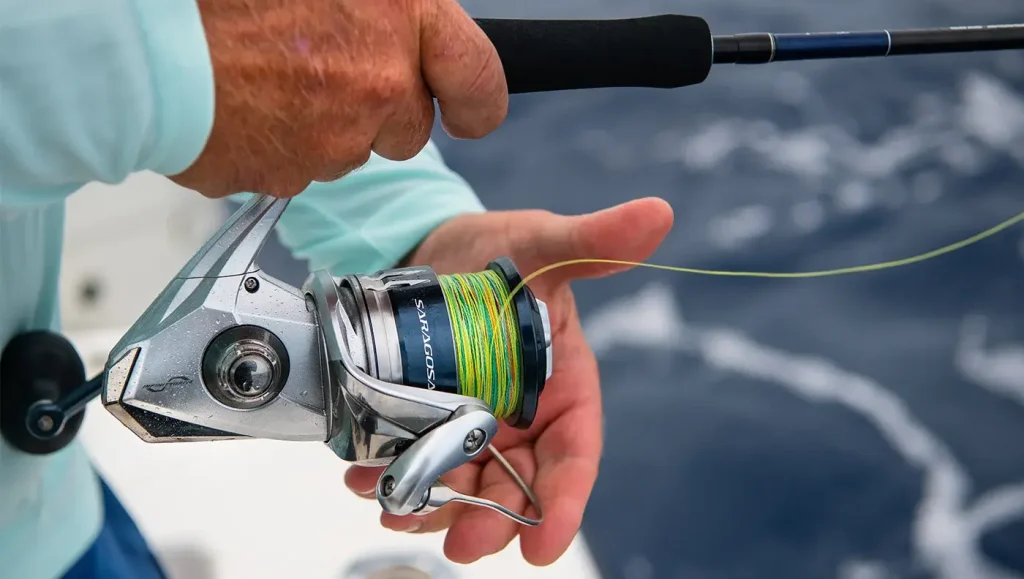
Hey there, fellow fishing enthusiasts! If you’re new to the world of angling, you’ve probably got a spinning reel in your hands, and you might be a little perplexed about how it works. Don’t worry, I’ve been there – tangled lines, bird’s nests, and the whole shebang. But once you get the hang of this spinning contraption, you’ll be casting like a champ and reeling in those beauties in no time. So, let’s dive in and demystify the spinning reel, shall we?
First things first, why do so many folks start out with a spinning reel? Well, it’s because they’re easy to use and versatile. You can cast light lures with them, battle feisty fish, and they’re generally more forgiving than their baitcasting cousins (trust me, I’ve had my fair share of baitcaster backlash nightmares).

Before we get into the mechanics, let’s break down the key components of a spinning reel:
You’ll hear experienced anglers talk about gear ratios, like 5.1:1 or 6.2:1. This number tells you how many times the spool turns with each rotation of the handle. Higher gear ratios mean faster retrieves, while lower gear ratios provide more torque (pulling power). Don’t get too hung up on this as a beginner, but it’s good to know what it means.
If your line starts to twist and tangle, it’s usually a sign that you’re not spooling the line onto the reel properly. Don’t worry, it’s a common mistake. Try re-spooling the line, making sure it goes on evenly and without any kinks.
If your drag is too loose, you might not be able to tire out a fish before it breaks your line. If it’s too tight, the line might snap when the fish pulls. It’s a bit of a balancing act, but you’ll get the feel for it over time.
Sometimes the bail gets a little sticky and doesn’t want to close properly. If this happens, just give it a gentle nudge, or try spraying a little WD-40 on it.
Learning how a spinning reel works is just the first step. Now it’s time to get out on the water and put that knowledge into practice! Remember, practice makes perfect. Don’t get discouraged if you don’t catch a fish on your first few tries. Keep at it, and you’ll be amazed at how quickly your skills improve. And don’t forget to have fun! After all, that’s what fishing is all about. Tight lines!